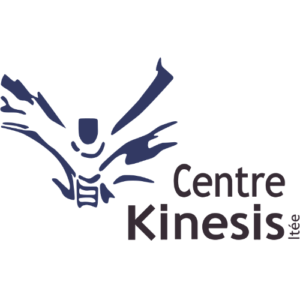But what is this famous “deep tissue”?
A fashionable title these days, whether on the side of therapists or clients: ''I want Deep Tissue!''. A technique therefore which is having more and more success on the side of the receiver and the donor in equal parts.
With all the technological advances in the field of manual therapy techniques, a new panoply of soft tissue manipulation training and approaches is burgeoning, from the methodologically less scientific approaches to the most advanced and microscopic research.
We live in an increasingly fast-paced, overwhelming and demanding world. The need to connect with others and with oneself has never been so pronounced, despite all the means of connection and social networks. Remembering that we are creatures who need their 5 senses, we find ourselves bombarded in all directions, but with an almost cruel withdrawal when it comes to the sense of touch. Today, more than ever, massage therapy with all the approaches that derive from it finds itself elevated to the bench of necessity rather than luxury. This strong demand propels research, tests and experiments, observations and the development of new techniques and methods of treatment. This necessity, coupled with all the stakes and challenges of our current world, also sees the development of approaches that seek to unite between the tangible and the esoteric. Techniques of energy, polarity, chakra work and etc. are also proliferating with the integration of structural, physical, palpable and tangible methods.
So, summarizing the vision that is brought to us, between structure, psyche, belief and society, it is important to give Deep Tissue Massage the dimension it deserves.
A deep tissue massage is by no means a regular massage, but ''strong'', ''traumatic'', ''bruising'' and above all ''hurts to feel better''. Deep tissue massage is also not a physical workout for the therapist who performs it. The term is: ''deep tissue massage''; and not: ''painful massage where the therapist puts all his weight to reach depth''. On the contrary, the Deep Tissue Massage is a technique that will seek mobilization, relaxation, release and reduction of tension of the tissues that are most in depth. These tissues are above all the muscles, but also the tendons and above all the fascias, connective tissue envelopes whose role is the modeling of body structures, the distribution of loads and forces, the feedback of all the mechanoreceptors they contain, and the deep interconnection with the central nervous system. The superficial tissues are also targeted, the Deep Tissue Massage will knead them in their own depth as well.
Deep Tissue Massage is therefore a method and a technique that the therapist may choose to integrate into his treatment, when he deems it necessary, to seek the relaxation of the affected soft tissues. It consists of a series of slow, deep and targeted tissue manipulations, generally applied without the use of oil or gliding agent so as not to lose the tactile sensitivity that allows the therapist to "listen" to the tissues in order to be able to treat them better. It is a technique that is done with the fingers, the joints, the wrists and even the elbows, depending on the regions to be addressed, and whose basic instructions are: ''Deep, slow, calm, pleasant, not painful'' .
Deep Tissue Massage: a pearl to add to the manual therapeutic repertoire.



